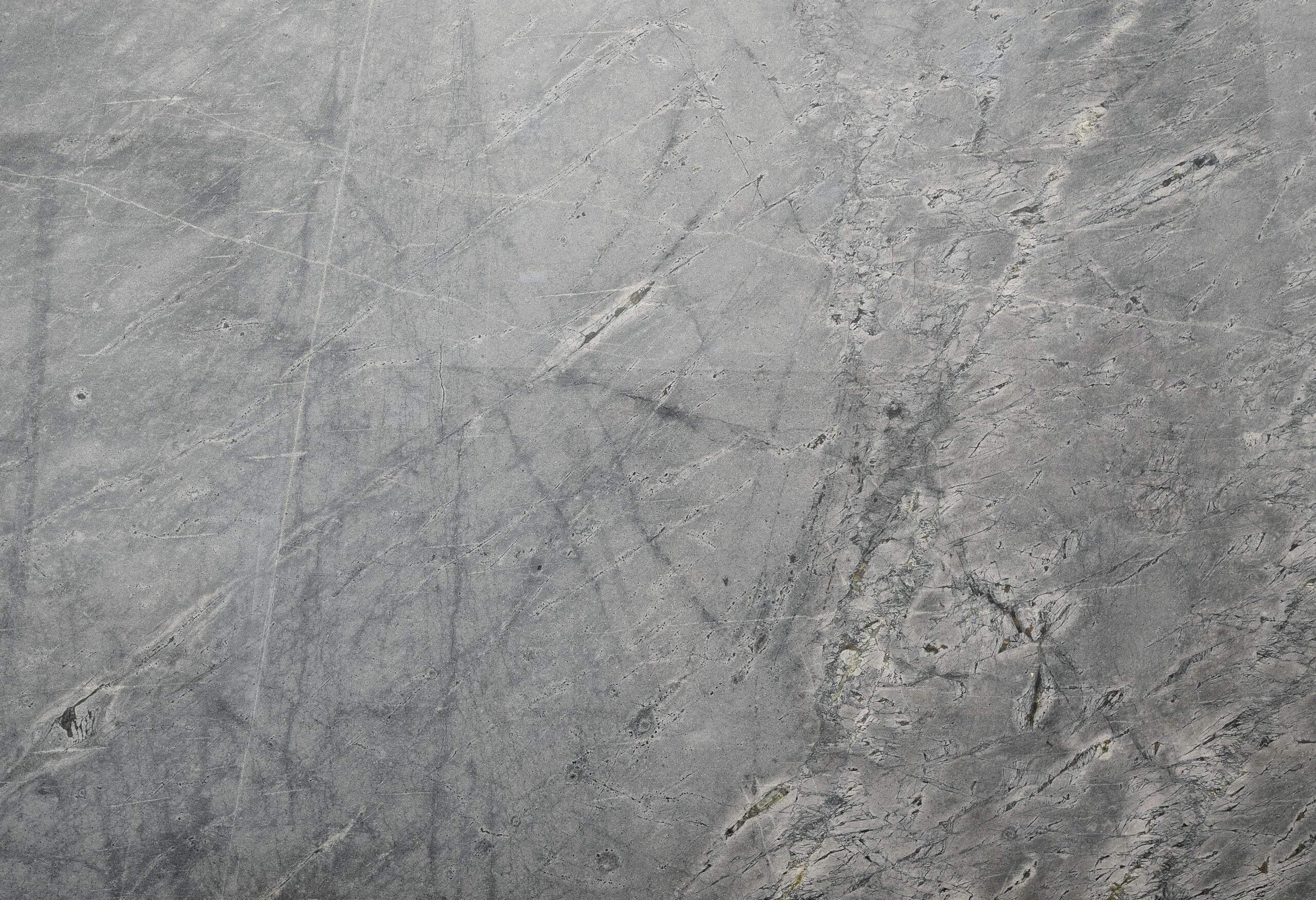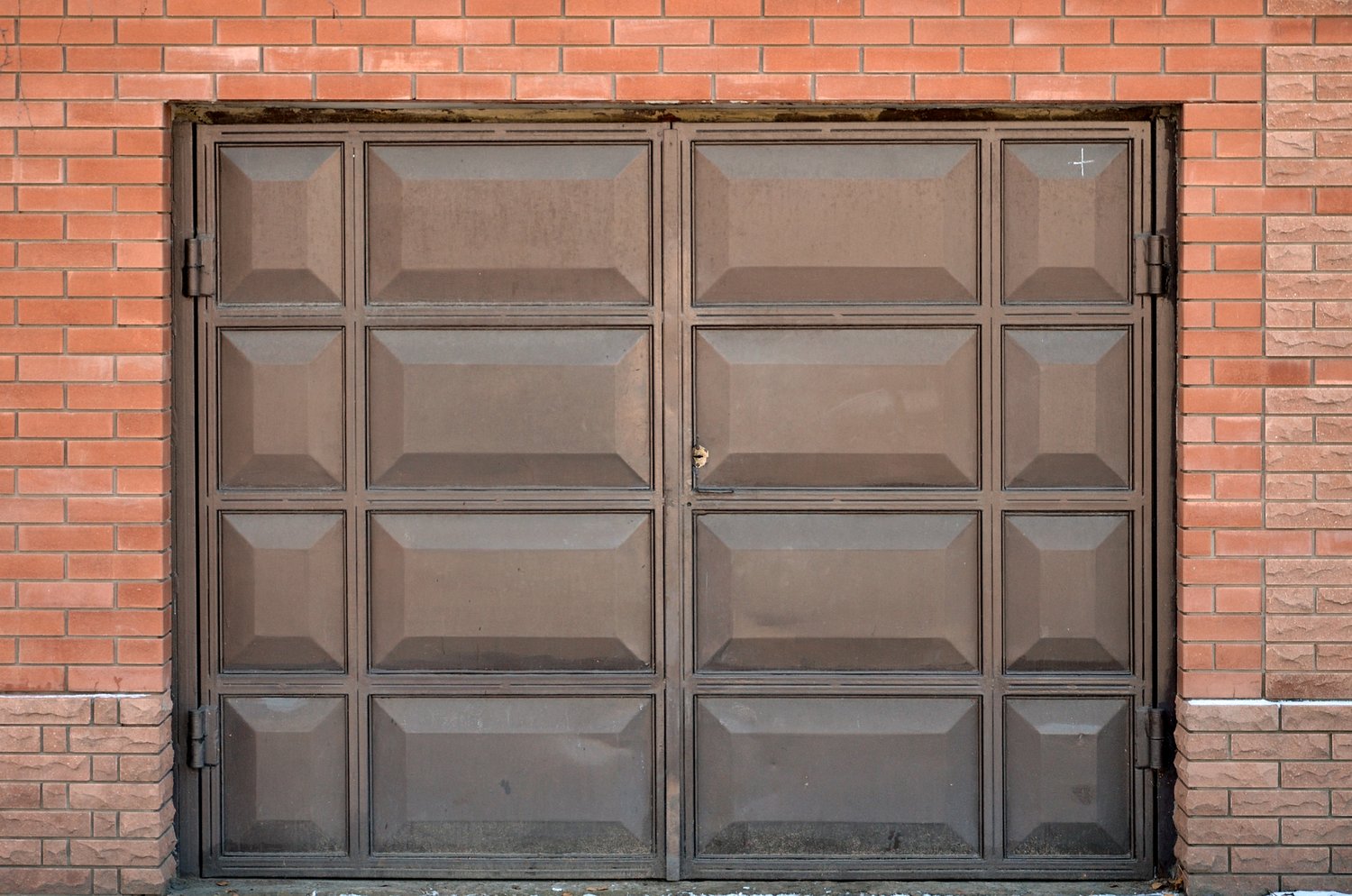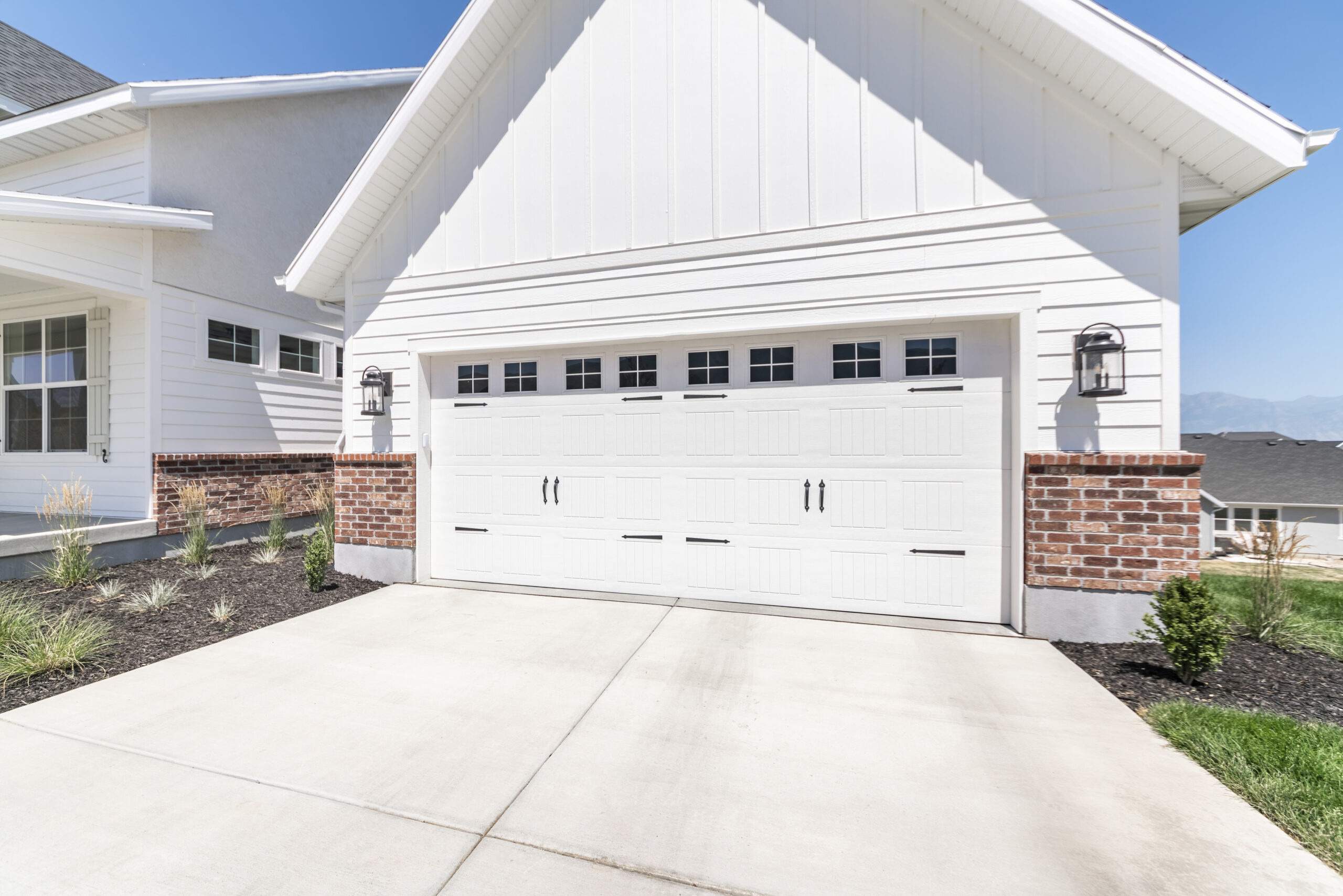Once relegated to industrial spaces and commercial buildings, polished concrete floors have surged in popularity as a sophisticated flooring option for residential interiors. This modern flooring solution offers an appealing combination of durability, aesthetic versatility, and practical benefits that homeowners increasingly appreciate. From basement renovations to garage transformations and even main living areas, polished concrete provides a sleek foundation that supports both contemporary and industrial design schemes. This article explores the various applications of concrete flooring interior options, including the benefits, considerations, installation process, and cost factors associated with this trending flooring choice.
Understanding Polished Concrete
Polished concrete is not simply bare concrete with a coat of sealer. It’s the result of a multi-step grinding and polishing process that transforms ordinary concrete into a smooth, reflective surface. Using progressively finer diamond-grinding tools, contractors mechanically refine the concrete surface to the desired level of shine, ranging from matte to high-gloss finishes. During this process, a densifier is typically applied to harden the concrete, making it less porous and more durable. The final result is a polished concrete floor that exhibits remarkable strength, enhanced aesthetics, and improved functionality compared to its unpolished counterpart.
Interior Applications
The versatility of polished concrete extends to virtually any interior space where a durable, low-maintenance floor is desired. Basement floors particularly benefit from polished concrete, as the treatment helps mitigate moisture issues while providing a finished look that elevates these often-neglected spaces. A polished garage floor transforms utilitarian space into an extension of your home’s designed interior, creating a showroom-worthy area that’s easy to maintain and impressively resilient against automotive fluids and heavy equipment. Beyond these traditional applications, concrete flooring interior solutions have moved into main living areas, including kitchens, dining rooms, and even bedrooms in homes embracing modern or industrial design aesthetics.
Pros and Cons of Polished Concrete Floors
When considering polished concrete floors pros cons, it’s important to evaluate how this flooring option aligns with your specific needs. Among the advantages, durability stands paramount – properly maintained polished concrete can last a lifetime, resisting scratches, stains, and impact damage that would compromise other flooring types. The reflective quality of polished surfaces enhances indoor lighting, potentially reducing energy costs. Allergy sufferers appreciate that polished concrete doesn’t harbor dust mites or other allergens that can accumulate in carpeting.
However, the hardness that makes polished concrete durable also creates challenges. Standing for extended periods on concrete can cause fatigue and discomfort. The material’s thermal conductivity means floors can feel cold underfoot, particularly in winter months. Sound reflection can also be problematic, as concrete doesn’t absorb noise like softer flooring options. While these concerns can be mitigated with area rugs, runners, and proper interior design, they remain important considerations when evaluating polished concrete for residential applications.
Cost Considerations
The cost polished concrete floor investments entail varies significantly based on several factors. For new construction, where concrete is already part of the foundation, the expense primarily involves the grinding, polishing, and sealing processes. Retrofitting existing spaces may require concrete repair, leveling, or even pouring new slabs before polishing can begin. According to experts at AskHomey, basic polishing projects typically range from $3 to $12 per square foot, while more elaborate treatments involving staining, scoring patterns, or embedding decorative elements can push costs to $15-25 per square foot. While the initial investment exceeds some flooring alternatives, the extended lifespan and minimal maintenance requirements often result in lower lifetime costs.
Maintenance Requirements
One of the most compelling advantages of polished concrete is its minimal maintenance demands. Daily care involves simple dust mopping to remove abrasive particles that could scratch the surface. Occasional damp mopping with a pH-neutral cleaner addresses more stubborn soil. Unlike other hard surfaces, polished concrete doesn’t require waxing or stripping treatments to maintain its appearance. The densification process creates a surface that resists staining, though prompt cleanup of spills remains advisable. Depending on traffic patterns and use, a maintenance polishing may be recommended every few years to refresh the surface’s appearance and protective qualities.
Design Flexibility
Modern polishing techniques offer remarkable design versatility. Concrete can be integrally colored during pouring, stained after curing, or enhanced with decorative aggregates exposed during the grinding process. Contractors can create patterns through saw-cutting or stenciling, mimicking the appearance of tile or natural stone at a fraction of the cost. The sheen level can be customized from matte to high-gloss, allowing homeowners to achieve precisely the aesthetic they desire. This adaptability makes polished concrete appropriate for diverse interior styles, from sleek contemporary to rustic industrial.
Environmental Benefits
Polished concrete represents an environmentally responsible flooring choice for several reasons. In new construction, it eliminates the need for additional flooring materials since it utilizes the structural concrete already required. The polishing process typically employs water-based hardeners and minimal volatile organic compounds (VOCs), contributing to healthier indoor air quality. The reflective qualities reduce lighting requirements, while concrete’s thermal mass properties help moderate interior temperatures, potentially reducing heating and cooling demands. These environmental advantages, coupled with exceptional longevity, make polished concrete an increasingly popular choice among environmentally conscious homeowners.
For more tips and to connect with reliable home service professionals, follow AskHomey on Facebook and Instagram.



